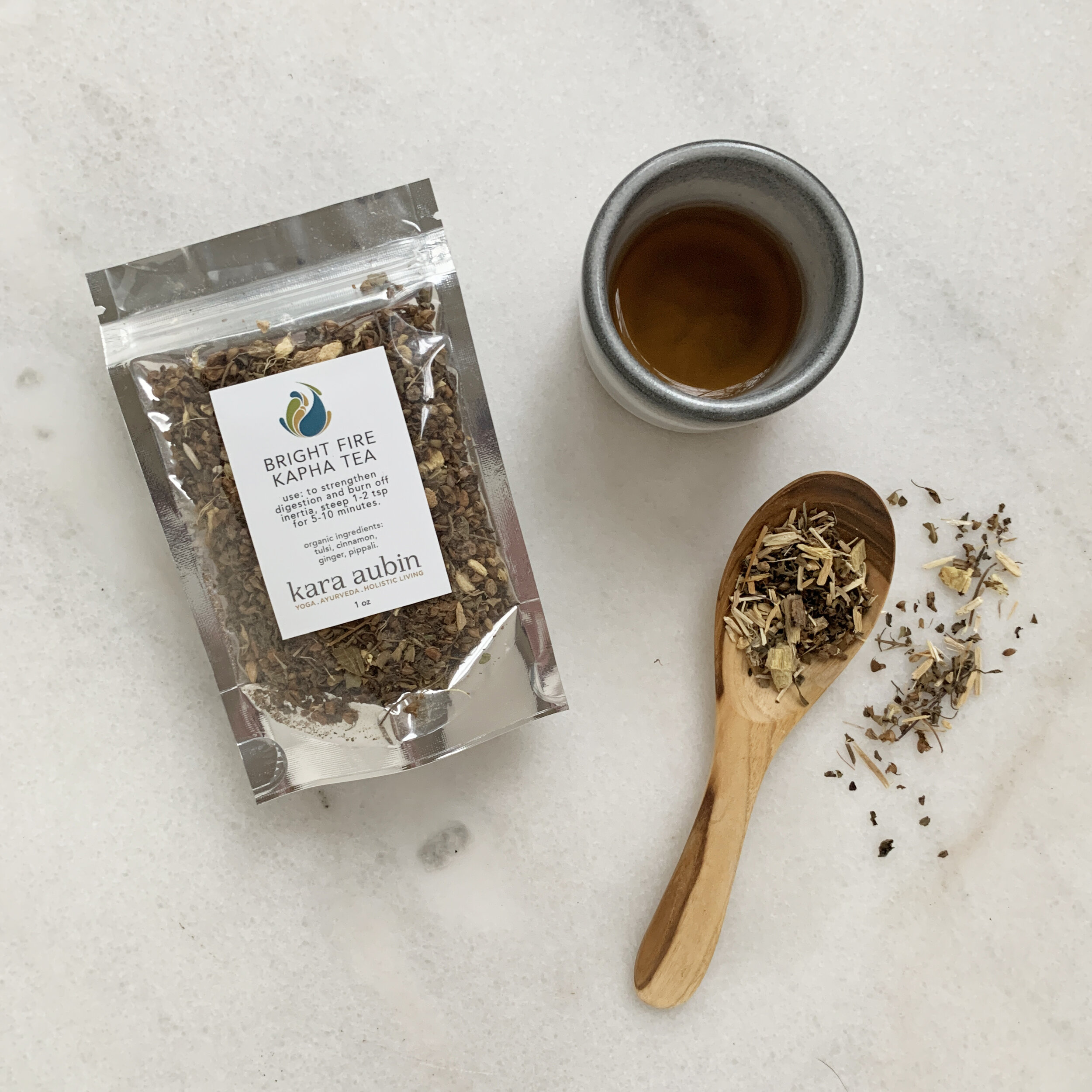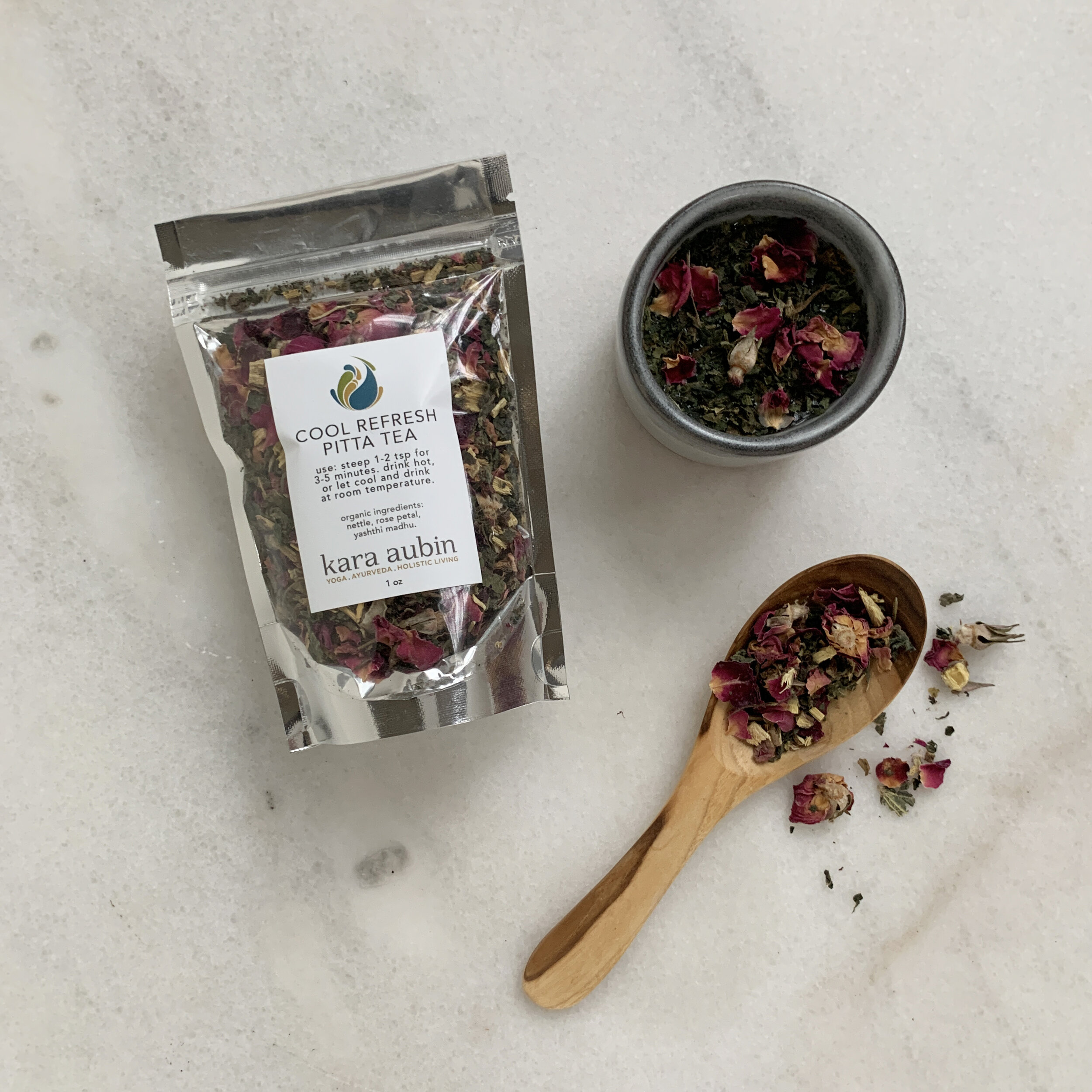understanding the dhatus: majjā dhatu
“the doshas (energy principles), dhatus (tissues), and malas (wastes) are always the roots of the body.”
what is majja dhatu ?
Ayurveda identifies seven tissues, or dhatus, that comprise the substratum of the functional systems of the body. When we understand the form and function of these tissues we will understand what imbalances can arise in them, and how to best care for these tissues.
In Ayurveda, Majja Dhatu is the sixth of the seven dhatus (tissues). There is a partial overlap with the tissue of the central nervous system, but don’t get overly attached to that correlation. Its primary function is purana (filling) and fills the space of the bones. This is manifest as the brain filling the skull, the spinal cord filling the spine, and bone marrow filling the bones.
The qualities of this Kapha-genic dhatu are: dense, liquid, unctuous, smooth, soft, and reddish.
what do imbalances of majja look like?
Each tissue can be produced in excess, or be deficient in each individual organism.
Where a body has excessive Majja Dhatu, we’ll see symptoms similar to Kapha increase.
heaviness throughout the body
heaviness of the eyes
thickening of blood, like cholesterol or plaques
enlargement at bony joints of fingers and toes
seborrhic dermatitis or boils on head, eruptions on scalp, dandruff
Conversely we can have too little of the structure of Majja. This creates symptoms like:
deep, breaking or pricking joint pain
pain in joints of hands and feet
weakness
vertigo, dizziness
issues of neuro-degeneration
decrease in reproductive tissues (which Majja nourishes)
what imbalances majja dhatu?
We’ll see two primary patterns when it comes to Majja imbalance.
Kapha aggravating factors leading to obstruction and stagnation
excessive intake of heavy and sticky foods
incompatible foods
over nourishment
Vata aggravating factors leading to depletion
injury to bone causing trauma to the dhatu (trauma to brain, spinal cord, or marrow)
degenerative changes due to overuse of joints
lack of sleep
insufficient nourishment
how to support majja?
When doshic imbalance has reached Majja Dhatu, we may see this disease process as advanced owing to the sequential ‘depth’ of the tissue. The best approach here is to work preventatively to ensure proper nutrition and tissue production.
To build the health of Majja Dhatu, you can use these specific practices:
tend bone nourishment, as Majja is a by product of bone production (refer to the Asthi Dhatu blog below)
use sweet AND bitter taste
sweet root vegetables, whole grains, warm spiced dairy
bitter green vegetables, bitter herbs
regular use of adequate dietary lipids like ghee
adequate exercise
topical oil application, abhyanga, nasya, karna purna, basti, etc
nourishing nervine formulations AFTER agni has been tended and the channels of nutrition cleared
regular Ayurvedic cleansing techniques to eliminate excess dosha
why it matters?
Healthy Majja is a primary concern as we age. With an estimated 11% (1 in 9) of the U.S. population age 65 and older with a neurodegenerative or dementia diagnosis in 2025, it’s never too early to consider how to care for this tissue. If the formation and structure is compromised, so too will be the function. Ayurveda points to practical dietary and lifestyle practices to maintain healthy Majja Dhatu.
We will dive deep into best practices for supporting and nourishing each of them. Up next, Asthi dhatu.
Oh, and if you missed any of our previous posts in this series I encourage you to dive in and read up on each: Rasa Dhatu, Rakta Dhatu, and Mamsa Dhatu, and Medo Dhatu.
related products
related posts
loved what you learned? feeling inspired? share this article with someone who would benefit!
you can also share via the social icons below.



















